Caisho Burroughs
In his account of "Apparitions," Aubrey relates some curious particulars of one that was believed to haunt Caisho Burroughs, eldest son of Sir John Burroughs; and if the antiquary’s record, derived from his friend Monson, might be credited, it is one of the best authenticated stories of its class now extant.

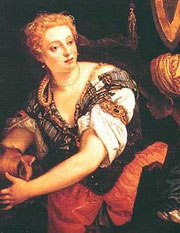
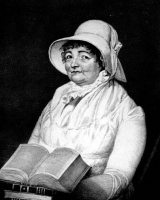
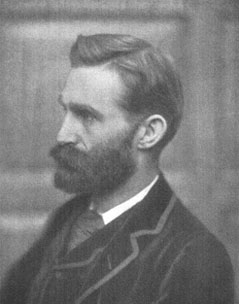
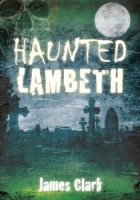
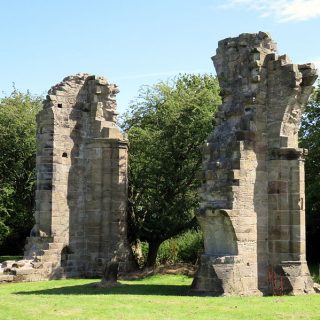
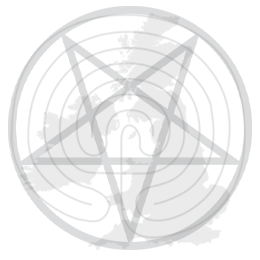
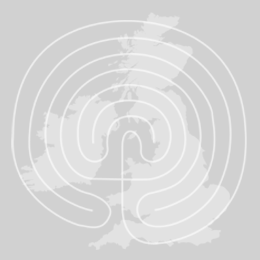


Recent Comments